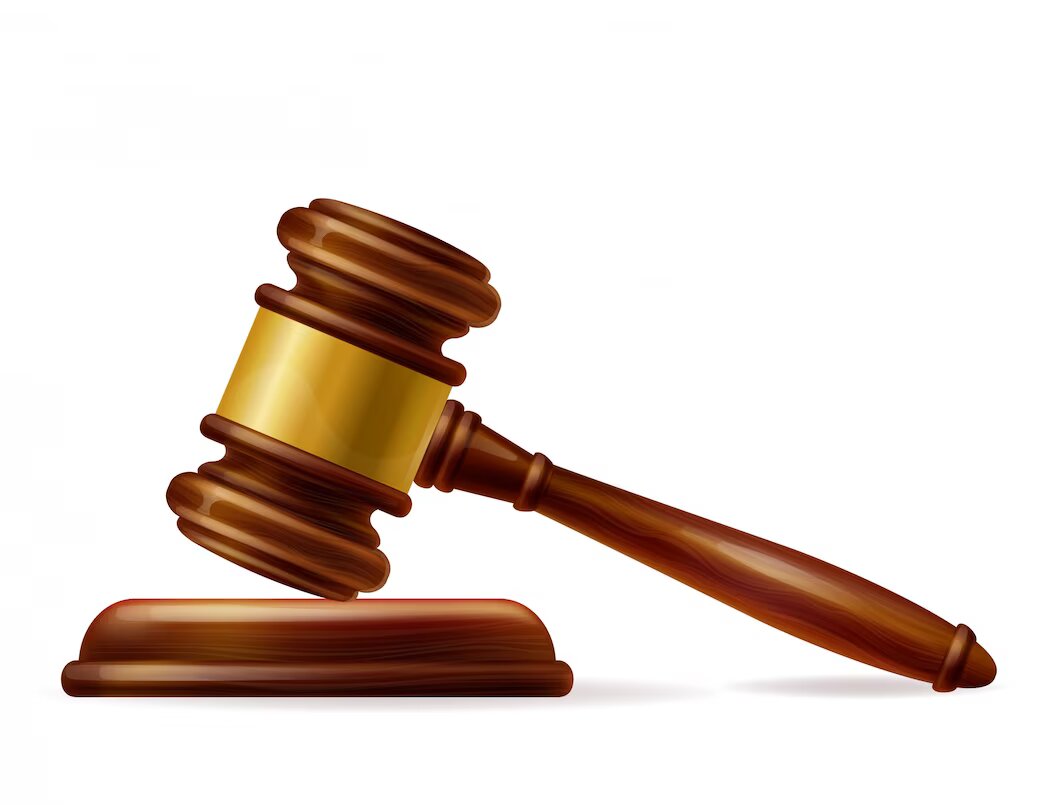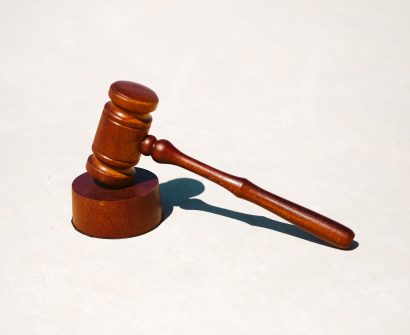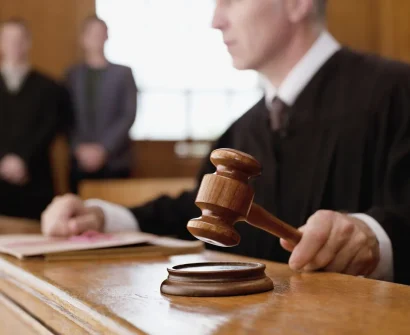
A single motif stands prominently in the challenging patchwork of legal systems around the world: judicial activism. judicial activism in india, which is frequently hailed as a light of justice as well as condemned as an abuse of authority, reflects the constantly changing connection that occurs between the legislature, the court, and the community at large.
define judicial activism
- The concept of judicial activism refers to the use of the judicial review process to overturn government actions. Although there isn’t much consensus on what constitutes an inappropriate use of power, this word is typically employed to identify such cases.
- Activism typically refers to a judge’s willingness to modify or overturn a court precedent, abolish judgments made by the various bodies of government, or both; a judgment cannot be declared to be accurate.
- The authority to review constitutional requirements has been granted to judges who are frequently referred to as activist judges.
judicial activism examples
The examples of judicial activism in india are as follows:
- Advocates of judicial activism see it as a vital check on legislative overreach, yet it is intrinsically anti-majoritarian. Brown v. Board of Education is a well-known example of judicial activism that has yielded positive results. This case is widely recognized as a significant ruling for civil rights.
Judicial Activism: Needs
- It’s critical to comprehend the factors that lead to the judiciary’s greater involvement in order to comprehend its expanded responsibility.
- Other government agencies were rife with corruption.
- The executive’s job grew callous, and it was unable to produce the necessary outcomes.
- Parliament lost awareness of its legislative responsibilities.
- Democratic values were steadily deteriorating.
- Public interest lawsuits highlighted how urgent certain issues are.
judicial activism and judicial restraint: Difference
- Judicial activism gives the court the authority to overturn specific acts or rulings, whereas judicial restraint encourages evaluating current laws rather than changing them.
- When it comes to judicial activism, judges should seek beyond the framers’ original intentions, but when it comes to judicial restraint, judges should look to their original intentions.
- The development of social policies pertaining to matters such as individual rights protection, civil rights, public morality, and political injustice is greatly aided by judicial activism, while judicial restraint serves to maintain the proper balance between the three branches of government, legislature, executive, and legislative.
judicial activism and judicial review: Difference
- Judicial review is primarily used to evaluate whether laws and actions are constitutional, or if they are in line with the constitution. In contrast to judicial activism, which is policy-oriented and aims to advance justice and public policy, it is focused on upholding the rule of law and safeguarding individual rights. It frequently aims to address societal problems and advance just results.
- While judicial activism is frequently called upon in response to urgent social situations in an effort to redress injustices and foster change, judicial review is based on constitutional adjudication and acts as a check on government powers to maintain the constitutional framework.
- Judicial review is predicated on established constitutional interpretations and legal precedents, whereas In order to accomplish policy goals, judges may engage in judicial activism by deviating from or interpreting the law in novel ways.
judicial activism cases in india
The judicial activism cases are as follows:
- In the case of Hussainara Khatoon v State of Bihar, the newspaper articles depicted the savage and inhumane surroundings of the convicts awaiting trial. The Supreme Court acknowledged it and ruled that the right to a prompt trial is a fundamental one under Article 21 of the Indian Constitution.
- In the case of Vishaka v State of Rajasthan, the case serves as a reminder of the necessity of judicial activism. In order to guarantee that women are treated fairly in the workplace, the SC established rules that should be adhered to in this situation. It went on to say that until Parliament passes legislation enforcing gender equality, these principles should be regarded as laws.
There is no exact description of judicial activism because its scope is so wide. The Indian constitution gives judges the authority to execute an effective function by asserting themselves, which is where the powers for judicial activism or review originate. Judicial activism strengthens the protection of the Constitution, the rule of law, and constitutionalism in the Judiciary by acting as a safety net in the event that a crisis arises that is caused by a different interest group in society.
Judicial Activism FAQs
- What are the limitations of judicial activism?
It restricts how the government can operate in a certain sense. Overriding any existing legislation is a blatant violation of the constitutionally mandated limit on the use of authority. Once the judges’ opinions are obtained in any case, they serve as the benchmark for deciding subsequent cases.
- What is the main tool of judicial activism?
In India, public interest litigation is a crucial instrument for judicial activism since it enables people and groups to file cases in order to advance social justice and defend individual rights.
- Why do we need judicial activism?
Ensuring equitable treatment and protection of people’s rights is facilitated by judicial activism. Law interpretation is a proactive responsibility of judges. This lessens the likelihood of prejudice and unfair treatment. The court system is able to take on new tasks because of judicial activism.
- What are the devices of judicial activism?
One way to control the role of judicial review is through judicial activism. It also describes a certain court ruling in which the judge is typically seen as being more inclined to rule on constitutional questions and to deem legislative or executive measures unconstitutional.
- What was the first major case of judicial activism?
In the 1970s, the Apex Court started looking into the structural and judicial interpretations of the Constitution. In the Keshavanand Bharti v. State of Kerala case, the Indian judiciary displayed instances of judicial activism for the first time. This particular case occurred immediately prior to the emergency proclamation.
- What is the difference between judicial activism and judicial review?
While judicial activism is frequently called upon in response to urgent social situations in an effort to redress injustices and foster change, judicial review is based on constitutional adjudication and acts as a check on government powers to maintain the constitutional framework.
- What is PIL and judicial activism?
The result of judicial activism is PIL. The most common type (or expression) of judicial activism is actually PILs. A tactical component of the legal aid movement, public interest litigation (PIL) aims to make justice more accessible to the impoverished.
- Which Online rjs coaching is best for RJS preparation?
The reputable Jaipur Online rjs coaching program “Jyoti Judiciary Coaching” aids students in getting ready for the RJS exam. A systematic approach to RJS test preparation is made possible by Jyoti Judiciary, the top offline and online RJS coaching program in Jaipur. Their curriculum has been carefully designed to cover all the subjects and courses required for passing the Rajasthan Judicial Service Examinations.
- Which coaching is best for judiciary?
The most effective judiciary coaching in Jaipur is provided by Jyoti Judiciary Coaching. The objective is to create a comfortable learning environment for the students. It makes the difficult task seem easy, which increases the likelihood of achieving the desired outcome. The objective at Jyoti Judiciary is to give students the best possible education possible. The Institute pledges to use every resource at its disposal to provide you with the finest preparation for the Judicial Services entrance examinations.
With the goal of giving students the best coaching available for law entrance exams including the CLAT, AILET, and various other numerous state judiciary exams, Jyoti Judiciary Coaching, India’s Finest educational Platform, was established. Come enrol now with Jyoti Judiciary!
For any latest news, legal topics, judiciary exams notifications, patterns, etc watch Jyoti Judiciary’s YouTube channel for legal videos for any updates at https://youtube.com/@jyotijudiciarycoaching4852?si=2cwubh9d2A9urwJf










